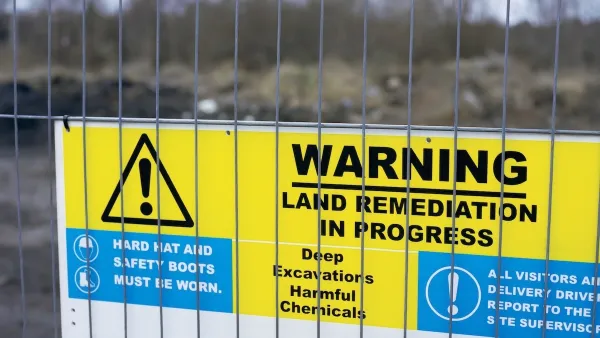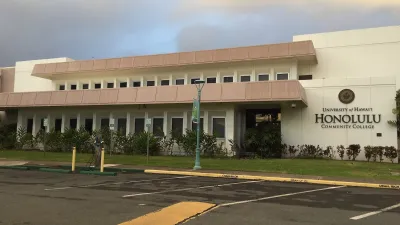Many of the iconic structures designed by 'starchitects' are extravagant in their use of materials and the energy required to assemble them, writes Jack Diamond.
"Many iconic buildings are a direct reflection of conspicuous consumption. Instead of exploring engineering, electrical, mechanical and materials technologies to determine the most economic systems, there is a flagrant disregard for cost. Excess is celebrated: the highest, most expensive, most dramatic. The pick-a-shape school of architecture. It isn't simply the money unnecessarily spent on construction, but the energy necessary to heat and cool the building, the steel used to build it.
You can build structures that are both dramatic and sustainable. Consider Buckminster Fuller's domes that were designed to have the smallest ratio of structural steel to the area enclosed or load supported. He was looking at an elegant way to use the least amount of material. Fifty years ago, he explored a dramatic and sustainable path to the future, a path followed by relatively few.
Architecture, in the new era, should exhibit commensurate responsibility. Buildings that were conceived essentially as advertisements for a company or a museum or a city are now advertising an outdated and unfortunate ethic. We need new standards for beauty, one that is gratifying environmentally, technically and functionally. Economy, a word that is re-entering our vocabulary with a vengeance, carries a stigma, but it shouldn't: There can be beauty in economy."
FULL STORY: Beauty in Economy

Planetizen Federal Action Tracker
A weekly monitor of how Trump’s orders and actions are impacting planners and planning in America.

Map: Where Senate Republicans Want to Sell Your Public Lands
For public land advocates, the Senate Republicans’ proposal to sell millions of acres of public land in the West is “the biggest fight of their careers.”

Restaurant Patios Were a Pandemic Win — Why Were They so Hard to Keep?
Social distancing requirements and changes in travel patterns prompted cities to pilot new uses for street and sidewalk space. Then it got complicated.

Platform Pilsner: Vancouver Transit Agency Releases... a Beer?
TransLink will receive a portion of every sale of the four-pack.

Toronto Weighs Cheaper Transit, Parking Hikes for Major Events
Special event rates would take effect during large festivals, sports games and concerts to ‘discourage driving, manage congestion and free up space for transit.”

Berlin to Consider Car-Free Zone Larger Than Manhattan
The area bound by the 22-mile Ringbahn would still allow 12 uses of a private automobile per year per person, and several other exemptions.
Urban Design for Planners 1: Software Tools
This six-course series explores essential urban design concepts using open source software and equips planners with the tools they need to participate fully in the urban design process.
Planning for Universal Design
Learn the tools for implementing Universal Design in planning regulations.
Heyer Gruel & Associates PA
JM Goldson LLC
Custer County Colorado
City of Camden Redevelopment Agency
City of Astoria
Transportation Research & Education Center (TREC) at Portland State University
Camden Redevelopment Agency
City of Claremont
Municipality of Princeton (NJ)





























